All Science
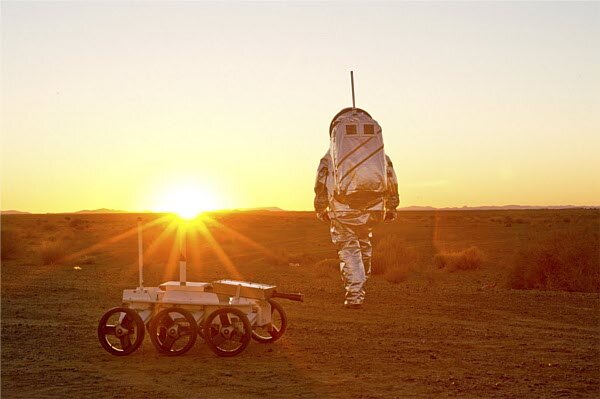 Ready for a one-way trip to Mars?
Ready for a one-way trip to Mars?A Dutch company wants to send four people, selected via reality-show-style elimination, on a permanent trip to the Red Planet in 2022.
 Global warming mystery: Are North and South really polar opposites?
Global warming mystery: Are North and South really polar opposites?Two studies, one about plants covering previously frozen landscapes in the Arctic, the other about expanding winter sea ice in Antarctica, appear to say different things about global warming.
 Mars sand dunes may hint at water beneath
Mars sand dunes may hint at water beneathThe discovery, based on research in Alaska, opens a window on processes at play early in Mars' history, when it hosted an environment that could have harbored microbial life.
 Veterinarians try artificial insemination on Giant Panda at National Zoo
Veterinarians try artificial insemination on Giant Panda at National ZooMei Xiang, the Giant Panda at the National Zoo was artificially inseminated Saturday after she and the zoo's male giant panda failed to breed naturally.
 Shroud of Turin authenticity up for debate again after new report
Shroud of Turin authenticity up for debate again after new reportScientists at the University of Padua in Italy have used infrared light and spectroscopy (the study of a physical object's interaction with electromagnetic radiation) to examine the shroud and found that it's actually much older than a previous study found.
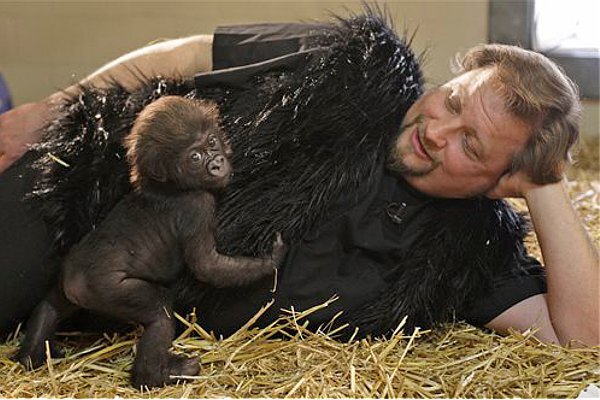 Gorilla raised by humans: Baby gorilla thriving in Ohio
Gorilla raised by humans: Baby gorilla thriving in OhioA two-month old baby gorilla, born to a first-time mother with little maternal instinct, is being raised by humans at the Cincinnati Zoo — for now.
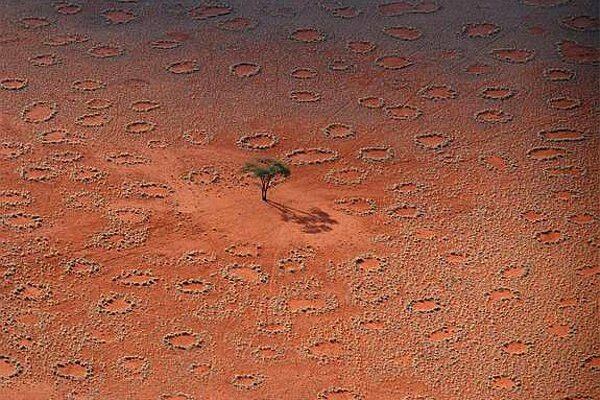 'Fairy circles' mysery solved? Tiny creators discovered.
'Fairy circles' mysery solved? Tiny creators discovered.'Fairy circles' dot deserts in southern Africa, but the mystery behind their origin may have been solved.
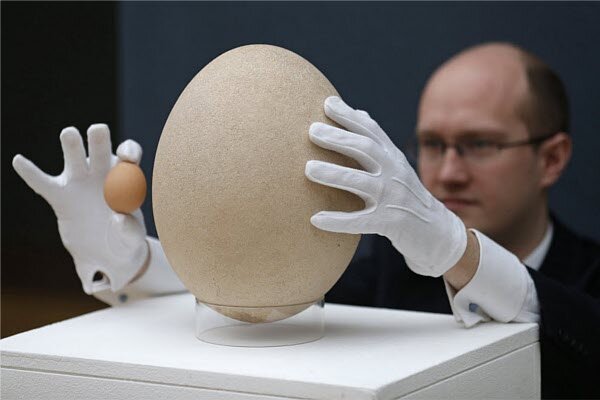 Giant egg for sale: Massive egg was laid by now-extinct giant bird
Giant egg for sale: Massive egg was laid by now-extinct giant birdThe giant egg available for sale was laid by a now-extinct giant bird that resembled an 11-foot tall ostrich. The egg is about 100 times the size of an average chicken's.
 Where did Saturn's rings come from? Mystery gets a new clue.
Where did Saturn's rings come from? Mystery gets a new clue.Saturn's rings are one of the most recognized features of the solar system, but scientists don't know how they got there. New data suggest they're older than some theories suggested.
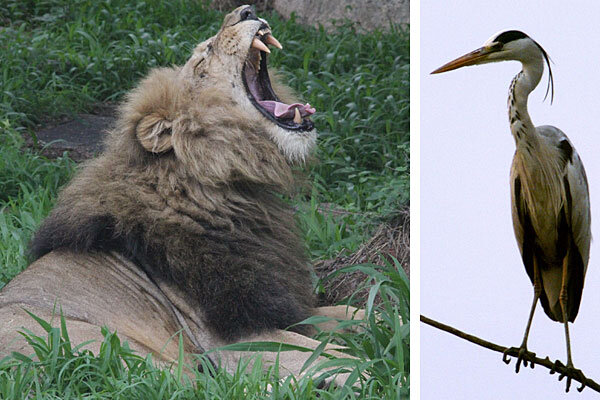 Lion kills heron: A stork reminder of big cats' wild nature
Lion kills heron: A stork reminder of big cats' wild natureLion kills heron: A video of four lions setting upon a blue heron at a Dutch zoo serves as a reminder of the King of the Jungle's wild instincts.
 Humongous extinct bird egg up for auction. Where did it come from?
Humongous extinct bird egg up for auction. Where did it come from?The fine arts auction house Christie's is auctioning off a huge, partly fossilized egg laid by an elephant bird, an extinct creature native to Madagascar. The starting price: $45,000.
- It's no magic: Invisibility cloak now available in a slim, form-fitting design
Previous success in hiding objects has relied on bulky cloaking materials. Now researchers have developed a thin, form-fitting cloak that makes objects invisible to microwave radiation.
 FBI UFO memo is bureau's most viewed public record
FBI UFO memo is bureau's most viewed public recordFBI UFO memo: The Federal Bureau of Investigation says that its Hottel memo, which reports on an alleged flying saucer sighting, has been viewed nearly a million times since 2011.
 Watch out, Harry Potter: New invisibility cloak (mostly) works
Watch out, Harry Potter: New invisibility cloak (mostly) worksJealous of Harry Potter's invisibility cloak? Yours could be coming soon. A new cloaking device doesn't work on visible light yet, but it makes objects invisible to microwave light.
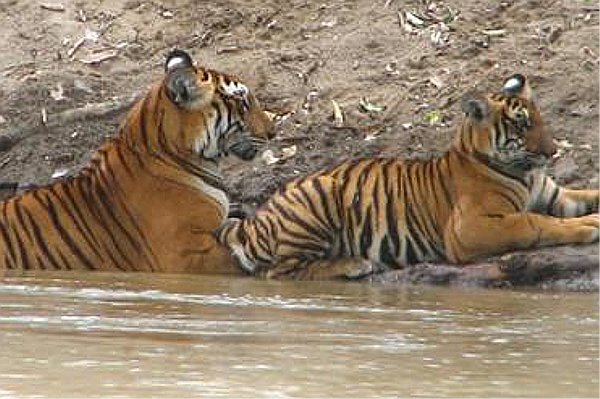 Endangered tigers find refuge in massive new Indian park
Endangered tigers find refuge in massive new Indian parkThe newly protected area — the size of New York City — connects several adjacent parks, making it one of the largest contiguous tiger habitats in the world.
 Cosmic crash 2022: Space probes will smash into asteroid in nine years
Cosmic crash 2022: Space probes will smash into asteroid in nine yearsCosmic crash 2022: American and European scientists are planning to crash a spacecraft into a nearby asteroid in 2022 to analyze the interior of the cosmic rock.
 Drones: Not just for war anymore?
Drones: Not just for war anymore?Drone warfare isn't going anywhere, but drone utility could be growing. Marc Lallanilla, assistant editor at Live Science, proposes eight "totally cool" new uses for drones.
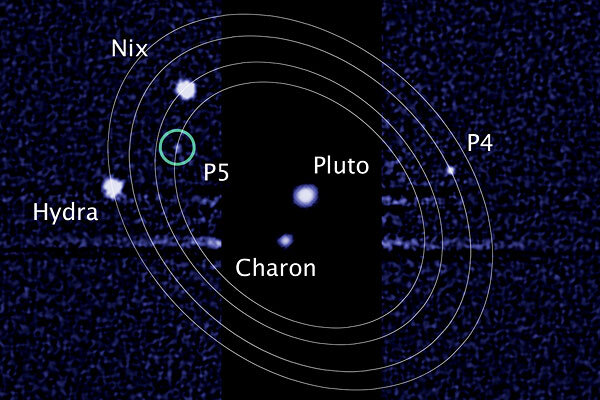 Answer to mystery of Pluto's moons could depend on 2015 flyby
Answer to mystery of Pluto's moons could depend on 2015 flybyPluto and its moon Charon act like a double-planet system with wreath of other, smaller moons. NASA's New Horizons mission could help explain how those moons got there.
 Scientists examine nothing, find something
Scientists examine nothing, find somethingTwo studies of vacuums suggest that the speed of light in a vacuum might fluctuate, pointing the way to a quantum mechanical explanation for why the speed of light and other so-called constants are what they are.
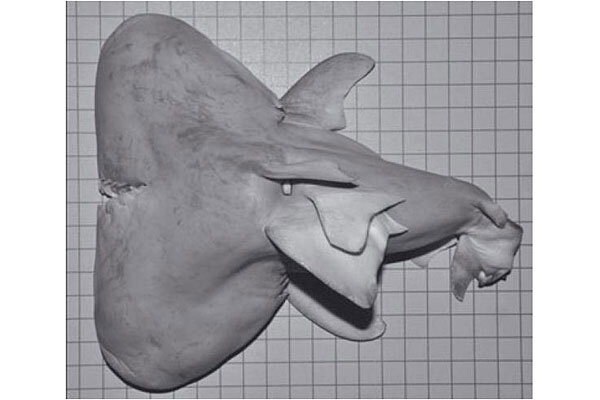 2-headed shark fetus discovered by fisherman
2-headed shark fetus discovered by fisherman2-headed shark fetus: A fisherman in the Florida keys caught a bull shark that contained a rare find. Inside was a shark fetus with two heads.






















